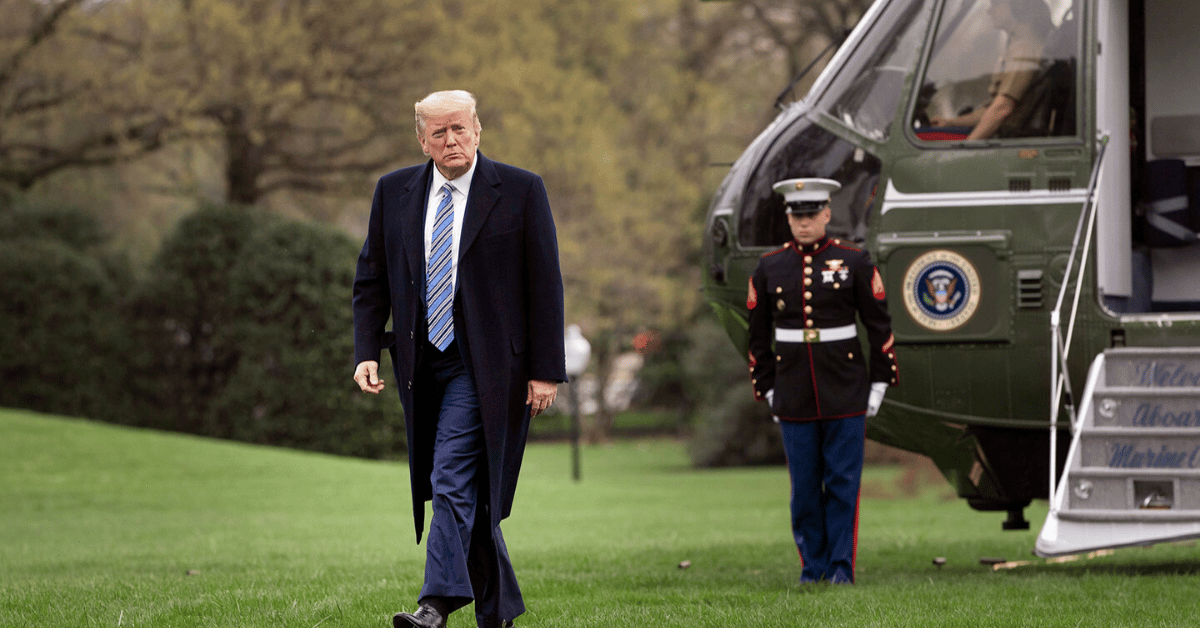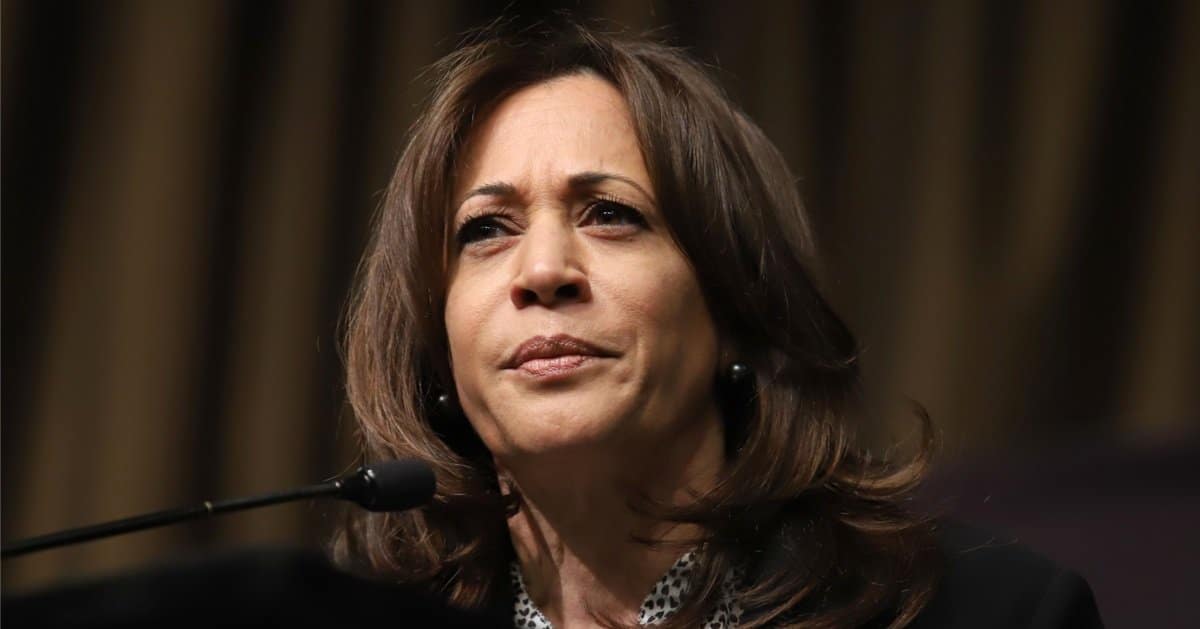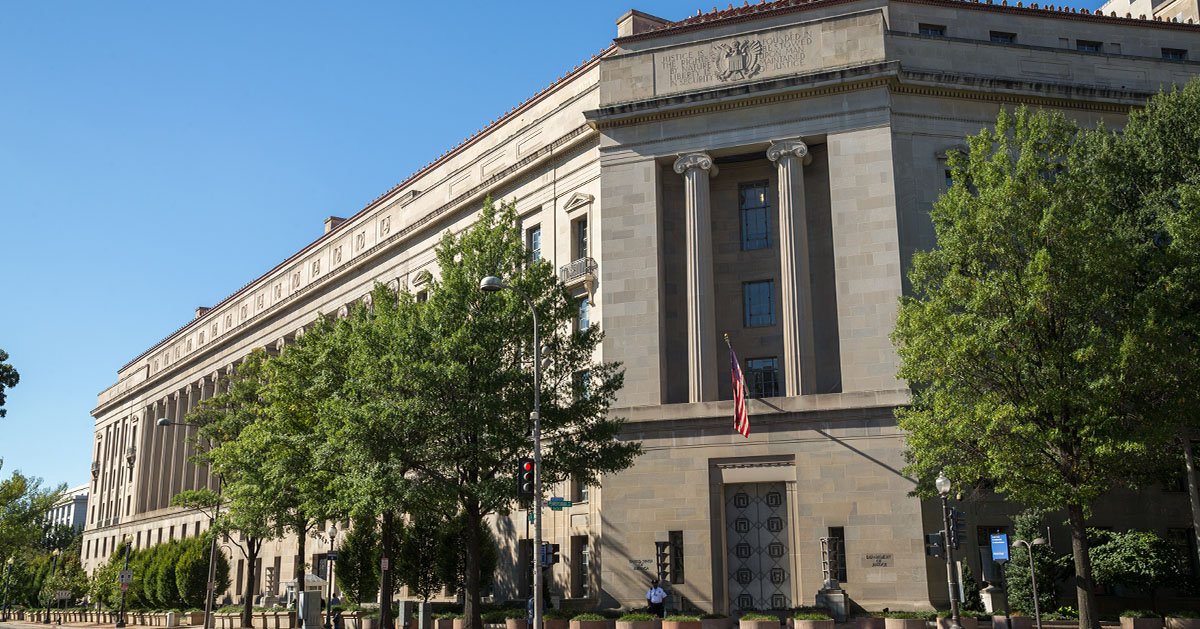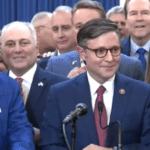



In a bold move toward transparency, the Trump administration has unleashed a trove of 230,000 documents shedding light on the assassination of Dr. Martin Luther King, Jr, Breitbart reported.
The release, ordered by President Donald Trump, rips the veil off decades-old government secrecy. It’s a step that demands applause but invites scrutiny.
President Trump’s Executive Order 14176 triggered the declassification of files tied to the assassinations of Dr. King, President John F. Kennedy, and Senator Robert F. Kennedy. This massive disclosure, announced by Director of National Intelligence Tulsi Gabbard via X, makes the documents accessible at archives.gov/mlk. The public now has a rare chance to dig into the federal government’s handling of these historic tragedies.
The files focus heavily on the FBI’s investigation into Dr. King’s 1968 assassination. They include internal memos tracking the case’s progress and details about potential leads that fueled speculation for decades. This isn’t just history—it’s a chance to question narratives long buried under bureaucratic red tape.
Among the documents are insights into James Earl Ray, the man convicted of King’s murder. One bombshell: Ray’s former cellmate claimed they discussed an alleged assassination plot. That’s the kind of tidbit that makes you wonder what else the government knew but didn’t share.
The FBI’s internal memos, now public, reveal how agents chased leads and built their case. Yet, the release also raises a question—why did it take nearly six decades to let these papers see daylight? Transparency delayed is transparency denied.
Dr. King’s family, notably Dr. Alveda King, expressed gratitude for the release. “I am grateful to President Trump and DNI Gabbard for delivering on their pledge of transparency,” she said. Gratitude is warranted, but let’s not pretend this erases years of government stonewalling.
Executive Order 14176 didn’t just open the MLK files—it sparked three interagency efforts to digitize and declassify records on all three assassinations. Gabbard's announcement highlighted the “unprecedented” scale of this effort. Unprecedented or not, the real test is whether these files answer lingering questions or just muddy the waters further.
“Today, after nearly 60 years of questions surrounding the assassination of Dr. Martin Luther King, Jr., we are releasing 230,000 MLK assassination files,” Gabbard declared on X. That’s a lot of files, but quantity doesn’t guarantee clarity. Americans deserve answers, not just a data dump.
The documents, now at archives.gov/mlk, are a treasure trove for historians and truth-seekers alike. But don’t expect a neat bow on this story—these files will likely raise as many questions as they answer. The devil’s always in the details, and there are 230,000 pages of them.
Dr. Alveda King praised the release, noting her uncle’s “enduring legacy of faith.” Her words remind us that Dr. King’s fight for justice still resonates powerfully today. Yet, releasing files doesn’t absolve the government of its past failures to fully investigate his death.
The King family requested time to review the files privately before the public release. That’s a reasonable ask—families deserve first dibs on truths about their loved ones. Still, the public’s right to know shouldn’t take a backseat forever.
Gabbard’s post on X emphasized the files’ details, from FBI progress reports to Ray’s cellmate’s claims of a plot. It’s juicy stuff, but don’t hold your施
The release is a victory for those who’ve long demanded openness about Dr. King’s assassination. But don’t pop the champagne yet—decades of secrecy breed skepticism about what’s still hidden. The truth, as Dr. King knew, is a marathon, not a sprint.
These files could reshape how we view the official story of 1968. Or they might just confirm what many suspected: the government wasn’t fully forthcoming. Either way, the public’s patience for answers is wearing thin.
Dr. Alveda King’s words about her uncle’s pursuit of truth ring true here. “My uncle lived boldly in pursuit of truth and justice,” she said. This release is a small step toward honoring that legacy, but it’s only a start.



